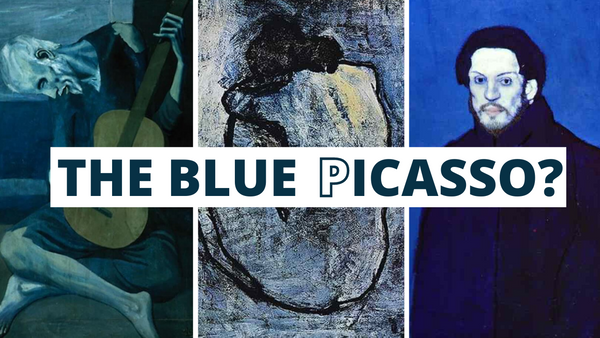It took me four years to paint like Raphael, but a lifetime to paint like a child. - Pablo Picasso
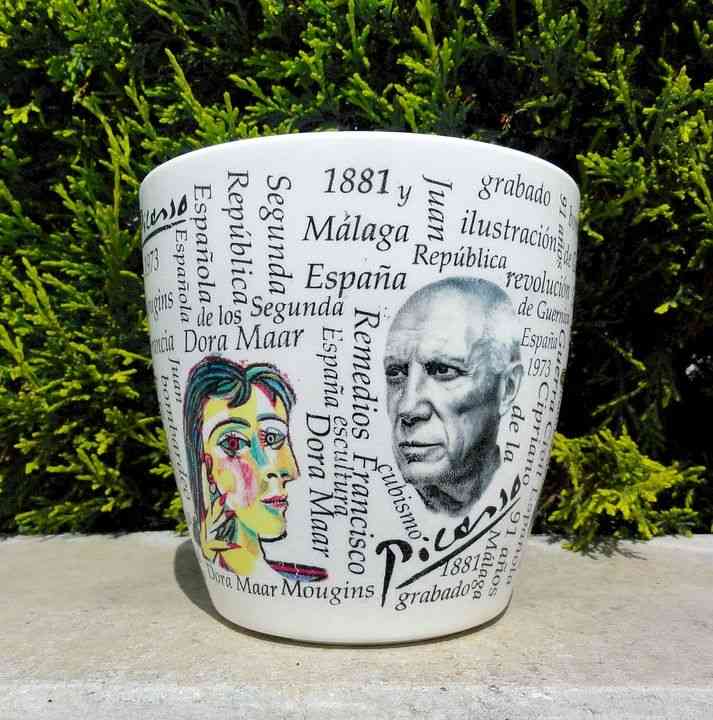
Today, and as a matter of fact, anytime in the future, it would be impossible to mention Art without including the name of Pablo Picasso. Born in the spectacular city of Málaga in Spain, Picasso was one of the most influential and important artists ever to step into the Art World. The renowned modern artist left no stones unturned in inflicting a distinctive revolution in the World of Art for generations to come and witness. Although Picasso had gained a lot of popularity among the art folks and critics during the early stages of his career, gradually his art reached the doorsteps of common people who otherwise ignored the magic and significance of art in our World and lives. Owing to his vast sense of comprehension and rich imagination, Picasso's vision dashed along with his brush dipped in paint which lead to the making of the genius, painting masterpiece after masterpiece and along the way, he had his phases or, periods as we call them. (article continues below)
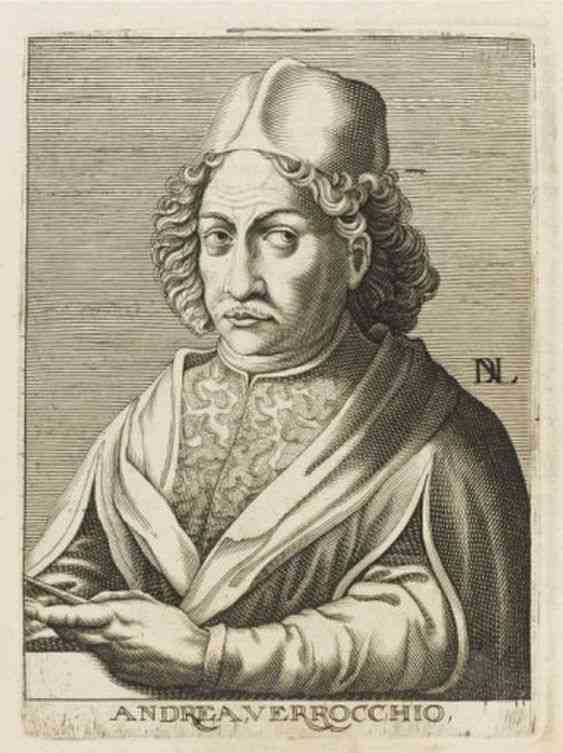
The Blue Period
The very important period of Picasso's life and artistic career was his early twenties. A young painter taking financial and emotional thumps, struggling to survive in the cruel and wretched world, yearning to make art. This period came to be known as The Blue Period of Picasso that started from 1901 and ended around 1904. The main reason to call it The Blue period is Picasso's choice of colors in his paintings, which were majorly dark blue and bluish-green painted in monochrome, with a slight pinch of warm colors occasionally [1]. This period was Picasso's first big encounter with tragedies of the real world, which were loudly and profoundly depicted in his paintings, The Lone Guitarist, Blue Nude, and Self Portrait, to name a few masterpieces of this period (Picture 1). This emotional turmoil and grief-stricken state of Picasso steered him to isolation which ultimately to severe loneliness. Thus, setting the theme for the paintings he painted in this period.
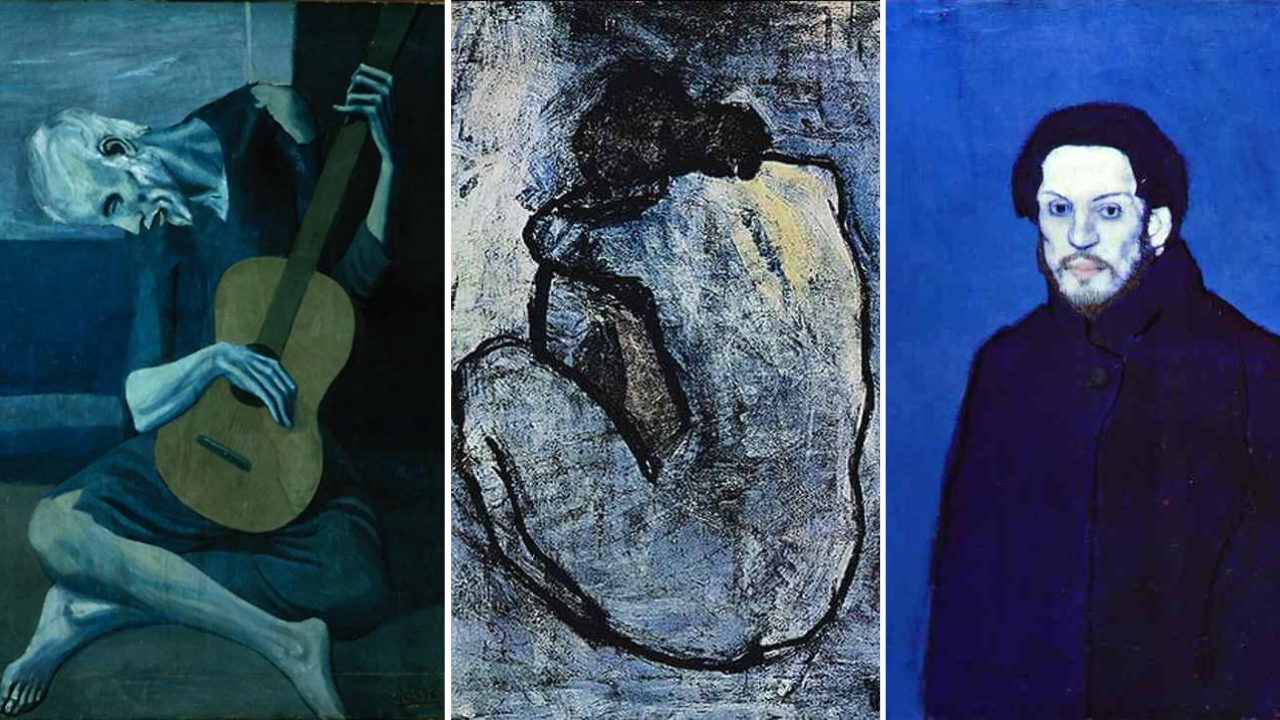
The Panic Of 1901
The year was 1901, and the shock-waves of the US stock market crash, also known as The panic of 1901, were felt in many parts of the World distorting many lives and injecting poverty-driven hardships to the streets and homes across Europe and the US. Homeless, beggars and hungry became a common sight, and unemployment came as a bane to already suffering daily wage workers. The impact of this crash was even more catastrophic and dire because it happened right amid major economic changes and industrial expansion [2]. Picasso at this time, was in Paris, where he painted Self Portrait which marked the emergence of The Blue period. Self Portrait 1901 is not just considered one of the greatest works of Picasso but depicts a great deal about his emotional self. With a pale-blue gloomy face and melancholic gaze, this painting of himself screams about the dismal and crestfallen emotions he went through during his time as he saw nothing but hardships and human suffering around and within him.
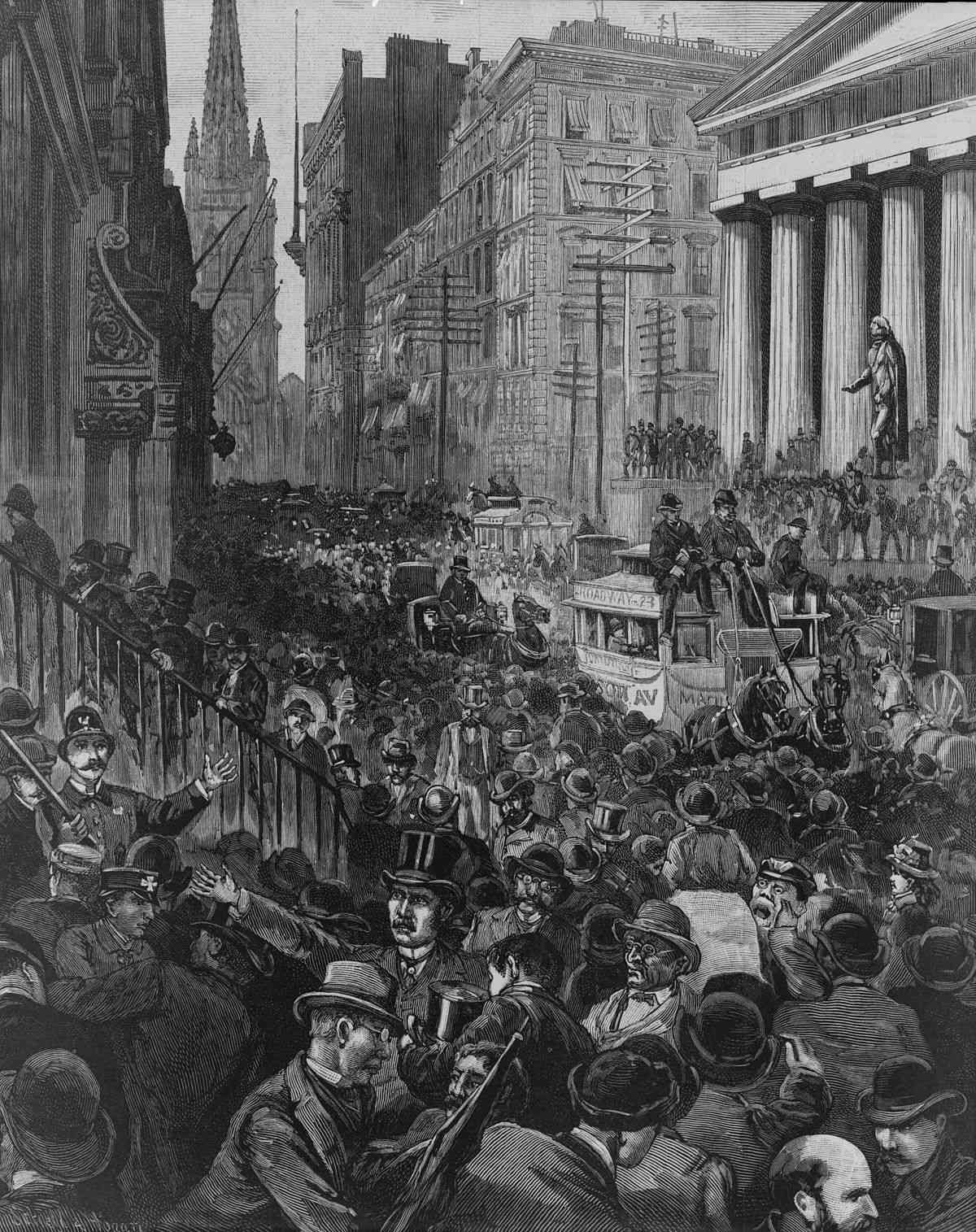
A Poet Friend Who Shot Himself-
Only a true artist can canalize despair and tragedy into a true piece of art. 1901, After returning from Paris to Barcelona, another tragedy clenched Picasso as he got the news about his very dear poet friend Carles Casagemas, who apparently committed suicide by putting a bullet through his head. It is often speculated that it is this episode that actually admitted Picasso in his blue phase as he said to his biographer once that he was thinking about Casagemas and that got him started painting in blue[3]. Some researchers (and me personally) do contemplate that The Blue Period, which lasted 4 years, was actually a period of mourning for his dear friend Casagemas and which rather, psychologically laid an impact of colossal nature on Picasso making him more contorted towards caliginous and tragic elements of society and the World.
Learn about the different perspectives from here
This, however, started technically with him making and dedicating a painting to Carles Casagemas, The death of Casagemas (Picture 4). The use of green-blue shade for dead Casagemas, peaceful face with a bullet wound does clearly imply what the color blue meant for Picasso. One thing particularly to notice about this masterpiece is its style and strokes which do seem like a fair attempt to revive and imitate the Van Gogh style of impressionism with a painting of a person who was a close friend [4]. Nevertheless, Picasso did see a striking relevance between Van Gogh and Casagemas. It won't be wrong to say Van Gogh's iconic image, intriguing impressionist style, tragic life and artistic enigma laid a foundation stone in many ways for Picasso's The Blue Period. It won't also be wrong to say that consciously or subconsciously, Picasso did take a lot of inspiration from Van Gogh as for someone going through constant suffering and agony while coping up despair and an irresistible need to create art simultaneously.
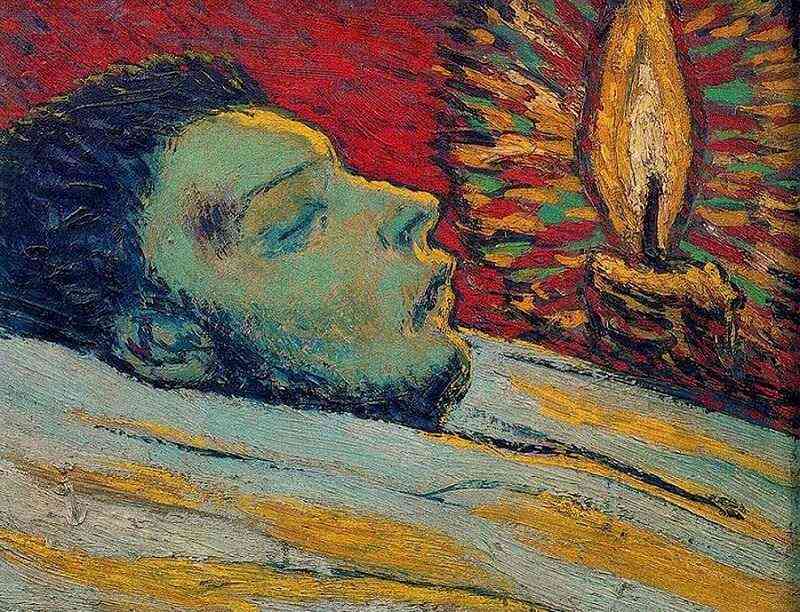
The Works, The blue, The Picasso...
Art is a lie that makes us realize the truth- Pablo Picasso. The time of reckoning, dozens of epiphanies to face and letting the art breathe in its wildest of ways with all but one thing in common, the truth. Towards later years of The Blue Period Picasso really painted some marvels that would later be in the list of his greatest works. The Truth was an element that gave life to all his artworks of The Blue Period, the truth about life, and the world, of how everything in an eye blink can turn to ashes. All the figures and Characters in his painting during this period had a distinct look about them as if they have encountered the Ultimate Truth of Death. Works like The Blindman’s Meal, Celestina and La Vie (Life) (picture 5) reveal the theme of blindness and loneliness, both metaphorically and literally which also saw a variety of stroke styles and changing hues of blue. This period was not only psychologically and emotionally challenging for Picasso but also proved fatal and calamitous for his career as an artist which looked rather bright till 1901, until both public and critics who failed to accept his Blue[5].
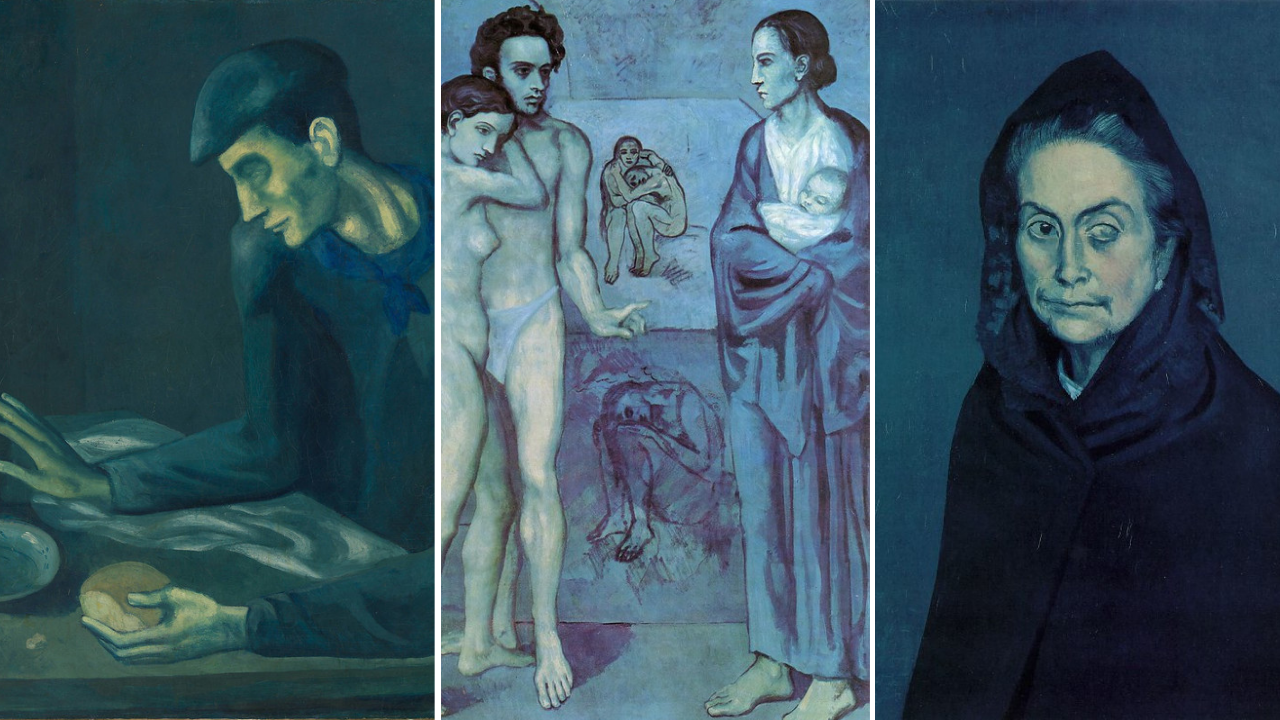
Despite all the agonizing disruption, depression, emotional turmoil, tragedies, poverty that furnishes essence of this period for Picasso, these relatively violent and destructive years somehow manifested themselves to be one of the most important periods in his life and career, as in the very own words of Pablo Picasso...Every act of creation is, first of all, an act of destruction.
Recommended reading:
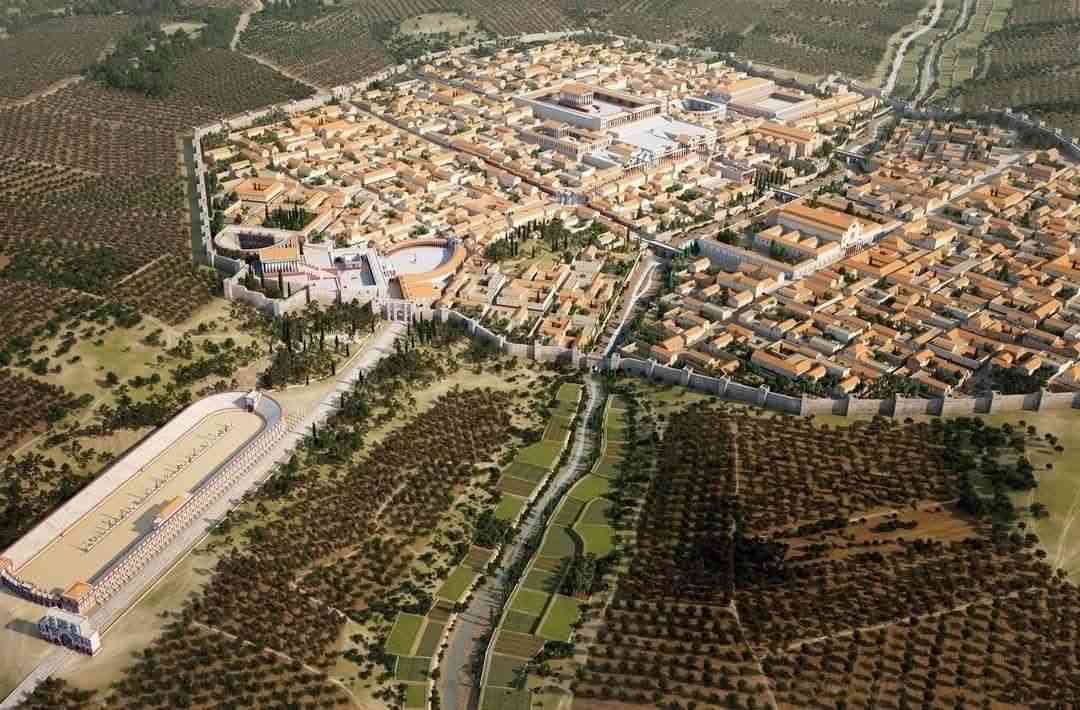
Source:
[1] The main reason to call it The Blue period is Picasso's choice of colours in his paintings, which were majorly dark blue and bluish-green painted in monochrome, with a slight pinch of warm colours occasionally: https://www.pablopicasso.org/blue-period.jsp
[2] The impact of this crash was even more catastrophic and dire because it happened right amid major economic changes and industrial expansion: https://www.globalsecurity.org/military/world/usa/history/panic-of-1901.htm
[3] as he said to his biographer once that he was thinking about Casagemas and that got him started painting in blue: https://www.artsy.net/article/artsy-editorial-emotional-turmoil-picassos-blue-period
[4] style and strokes which do seem like a fair attempt to revive and imitate in a way, the Van Gogh style of impressionism with painting of a person who was a close friend: https://www.pablopicasso.org/the-death-of-casagemas.jsp
[5] proved fatal and calamitous for his career as an artist which looked rather bright till 1901, with both public and critics who failed to accept his Blue: https://ukdhm.org/pablo-picasso-1901-1904-blue-period-art-and-depression/

